
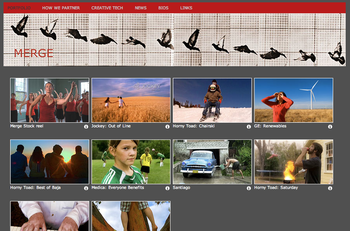
inspiring. That's the only thing I have to say about that. Thanks Andrew and David!
(12.18.09 @ 06:26 PM)In the course of producing videos I scan through a ton of music to find just the right track to use. Of course, if you are on a budget, limiting yourself to royalty-free and creative commons music outlets, it's slim pickins. That's where the independent musician comes in. Once upon a time I aspired to be a professional violinist but quickly learned it took way more talent than I would ever have, so I have great respect for anyone who has figured out a way to make it their life's work.
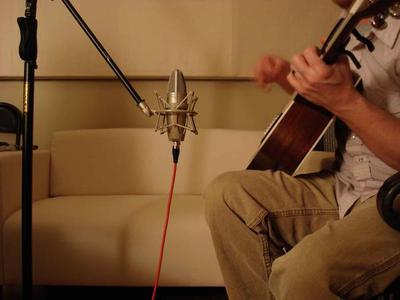
Charles Allison is one such musician, out of Chattanooga, Tennessee. I met Charles through my friend Mark McKnight at Rock Creek Outfitters, who suggested Charles as a source of music for some spots I was producing for their trail race series. He owns a recording studio called Spanner Sound.
Charles has a really cool "Song a Week" project going on his blog, charlesallison.org. One thing I like about the music he is producing for it is that every week he experiments with something new. It reminds me of the approach I've been taking with my climbing video series this year, The Beta. And everything sounds great.
I recently spoke to Charles about his Song a Week project, and about what it takes to make it as an independent musician today. I think there is something in here for any creative struggling to make it happen. Click on the players below to hear some of his music from the project:
Week 3-Truth has a way of hitting its target by Charles Allison
AK: You strike me as not only a musician but a student of all things musical. Did you come to music by the standard route of music lessons as a kid or was there a different path?
I never had any lessons or pressure to play something like a lot of people did growing up. I got a used electric guitar for my birthday when I was about 13. I played around on it from time to time, but skateboarding was my true love at that point. In high school some guys asked me to be in a band with them. I don't think I really even played anything in that band though; I was the singer. I started home-taping in about 1997 with a four track and knew pretty quickly it was something I wanted to get really into. Over the course of recording all the time for the last 10 years, I studied a lot of physics and electronics that all apply to music and why things sound the way they do. I love making things that sound cool, but I'm technically pretty ignorant about music theory and all that.
AK: Your MySpace page lists a lot of wide-ranging musical influences. A lot of times our musical interests are intertwined with important moments in our lives. Put some of your musical tastes in context for me: When and how did you resonate with some of the more dominant ones.
My first pivotal experience with music was listening to my brother's records when he was out on weekends when I was about 9 or 10 years old. It was mostly british new wave and 80's synth pop kind of stuff. When I started buying my own music, it was either punk or alternative. I lived to watch 120 Minutes in high school. I worked in a record shop at some point and definitely honed in on some of my touchstones during that time. I never really stopped listening to anything I ever liked though, just kept adding to the collection. The harder to classify, the more I like it generally.
AK: With no physical boundaries to collaboration these days, seems like young people have more opportunities to express themselves musically. On the other hand they might be robbed of the kind of focused insulation that can foster an authentic style...
I've kind of approached my studio setup with a lot of consideration towards being able to do whatever I want to on my own. I love working with other people but I like to work all the time and I can't expect people to be around when I want to do something or I have an idea to try something. I definitely like having a lot of people coming through the studio to help with the workflow and just vibing off each other. I think being a good musician is very much about listening to and working with other people.
AK: The gap between corporate megapop on the one hand and indie/folk/local music on the other hand is widening. For me that means a wider range of great music to listen to on all channels. For musicians it might mean something different?
I do love the fact that you can instantly release something to the world; it's pretty powerful. But realizing success in the digital age is definitely more complicated than just putting something on the web and expecting people to flock to it. It's an ongoing process just building your work and creating a listenership for it. All the tools are there, but I think generating continued interest in your work is the most crucial element. I'm still learning a lot about that.
AK: What's the scene like for a professional musician in the South? Is Chattanooga a good spot for you right now?
It's alright, I guess. It really depends on what you're trying to do with your music. I'm tethered here for now. I would love to be somewhere that had a more cohesive music scene, with a lot of energy being exchanged between different artists. I got an arts grant this year for my work, so I can't complain about that aspect of living in Chattanooga.
AK: When did you get the idea for the Song-A-Week project?
I don't remember exactly. I started it about a week after I first thought of it though. It's not a new concept, and others have done similar projects. It seemed very much like some of the outdoor expeditions I've planned and done. I rode my bike from California to Florida in 1997 and this is just sort of an expedition of another kind. You set goals and you just do them. My reasons to do it were definitely born out of wanting to do something new with the way that I put music out. I've put out 8 records on my own and am pretty tired of that. It's more about pressure to be finishing something every week and not being too precious about the small details or obstacles, and just being comfortable in the process of making music.
AK: In Song-a-week you experiment with instruments you haven't played much before (banjo), play with binaural recording (recording using headphones instead of mics), and explore interesting sounds and effects (theremin). Yet everything seems to work really well.
One of my main goals is to work through my skill set to a point where I feel really dialed in to what elevates a piece of work. Whatever type of music it is, just being tuned in to how music works and flows. Part of that is reaching a little bit in terms of what instruments I might automatically turn to. I'm not really great at playing any instruments, so I kinda look at it like "what the hell? Give it a whirl". Recording is really fun for me and I love to try new things. I hope for things to get really far out at some point too. I would love for people to be in disbelief that I made some of these songs.
AK: You say the "depressed and awkward" are your people. What do you mean by that? Do you identify with that state of mind or is it just your sound that evokes that?
You know, I'm not really sure who my people are. I struggle with depression for sure, but my method of dealing with all that is just working as much as I can. I get really anxious when I can't make something. I do love sad songs, but I don't think that's my music exactly. I don't revel in being depressed, I just find the sound of it infinitely more interesting than the sound of being happy. That's been done enough already. I think I can make my own style of dark music.
Week 11- Take your things and run away by Charles Allison
AK: So as you are falling asleep your mind wanders into a new composition. What then? Specifically, what tools are you using to get the music out?
I don't have a roadmap at all from week to week. I take a break on the weekends but I try to start with some basic concept on Monday or so. Whether that's writing from a particular instrument or evoking a certain spirit, or working from a melody I wrote in the shower I never know. From the concept, I start to build something that becomes, ideally, whatever it should be. Part of doing this project and its length is to be exhaustive with my work process. I guess I feel like I haven't really found my voice yet and hopefully this is a good way to do that.
Interesting interview, Andrew. Thanks for posting. It's bee fun to watch Charles through the years as built his music from a passion to something that will hopefully pay some bills! I think the message here is to support independent music- buy songs if you like them, go check out local shows, etc. Give people like Charles the means to focus on their work and I think we'll end up with some amazing music in the world that studios and the commercial system would never be able to generate.
(12.10.09 @ 01:34 PM)

Iraqi Kurdistan is an expansive look into the lives of the Kurdish people of northern Iraq. These images provide an alternative perspective on a changing culture, one different from the discord that dominates so much media coverage of the region.

I search and recently came across your blog and have been reading along. It was wonderful blog.
If you interested mean Your blogs Added my Site and please added your site Name also.
Kelsi
(01.11.10 @ 10:04 AM)I search and recently came across your blog and have been reading along. It was wonderful blog.
If you interested mean Your blogs Added my Site and please added your site Name also.
Kelsi
(01.12.10 @ 08:40 AM)

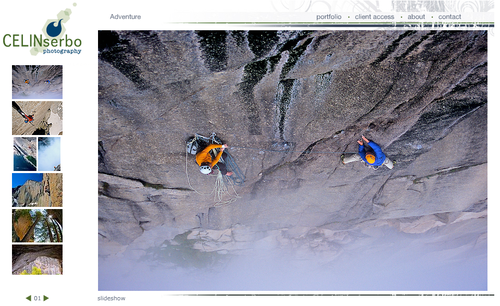
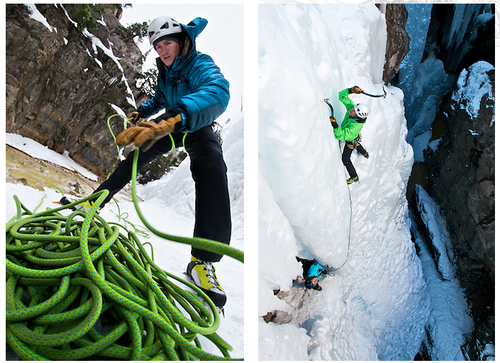
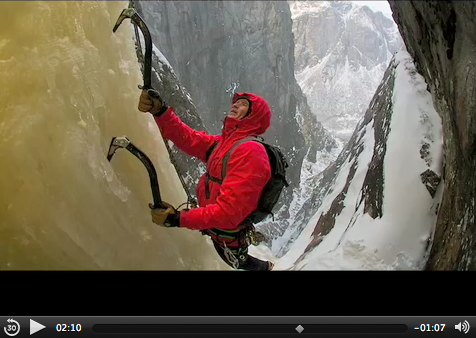



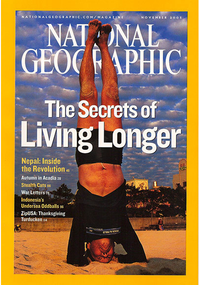



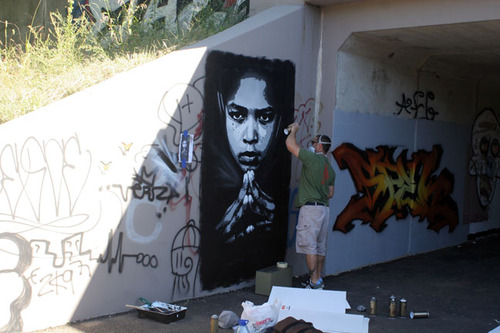
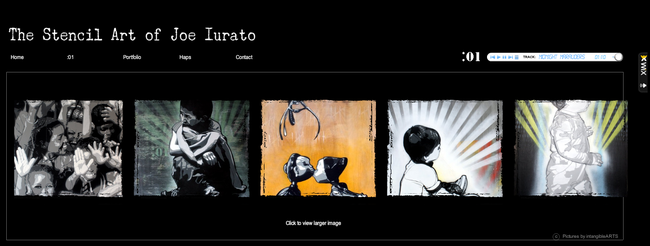
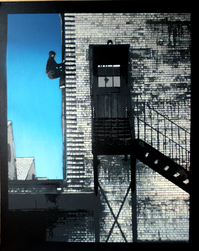
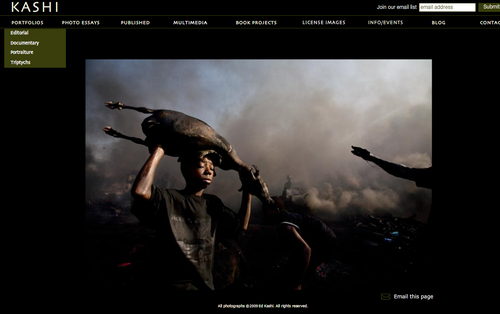

Great shots and great adventure!
It would be nice to share some tips about action sports photo and video editing. I would definitely be an avid reader. :-)
Cheers!
(04.29.10 @ 04:14 PM)